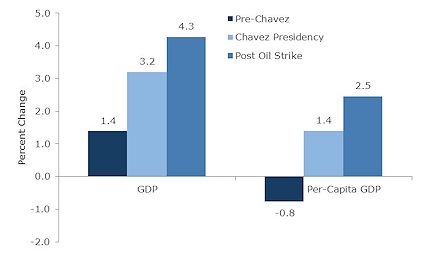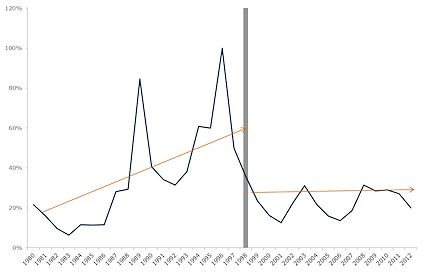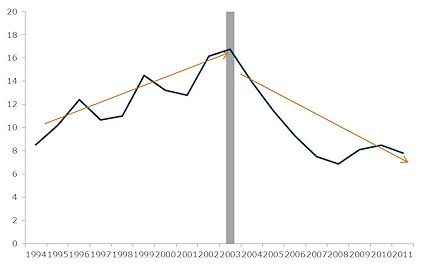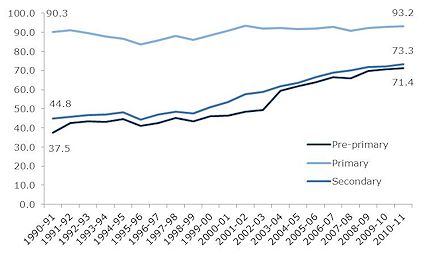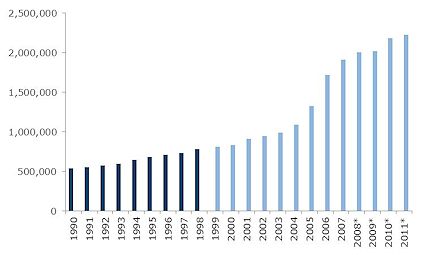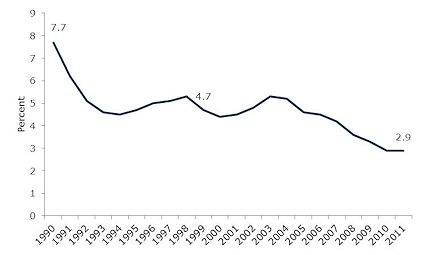|
Jim McIlroy, an activist from the Australia-Venezuela Solidarity Network, interviewed by ABC TV News, on March 8, 2013, on the significance of Venezuela's socialist President Hugo Chavez. He successfully refutes the misinformation of the hostile "interviewer". March 10, 2013 -- Links International Journal of Socialist Renewal -- Following the tragic death of Venezuela's President Hugo Chávez from cancer after 14 years in office, the world's big-business media has gone into overdrive to dishonestly describe Chavez's record as being "authoritarian", "dictatorial" and having made the Venezuelan economy a "basket case", as was rudely interjected by an Australian Broadcasting Corporation "journalist" in the video above. Such media lies have been refuted by Fairness and Accuracy in Reporting and VenezuelAnalysis. Below the respected Center for Economic and Policy Research exposes the falsity of the charge that Venezuela's economy and social indicators have suffered under the the Bolivarian Revolution. * * * By Jake Johnston and Sara Kozameh March 7, 2013 -- Center for Economic and Policy Research -- Below is a series of graphs that illustrate the economic and social changes that have taken place in Venezuela during this time period.1. Growth (average annual percent) From 1999-2003, the government did not control the state oil company; in fact, it was controlled by his opponents, who used it to try to overthrow the government, including the devastating oil strike of 2002-2003. For that reason, a better measure of economic growth under the Chávez government would start after it got control over the state oil company, and therefore the economy. Above you can see this growth both measured from 2004, and for the 1999-2012 period. We use 2004 because to start with 2003, a depressed year due to the oil strike, would exaggerate GDP growth during this period; by 2004, the economy had caught up with its pre-strike level of output. Growth after the government got control of the state oil company was much faster.2. Public vs. private Growth – 1999-2012 (average annual per cent)
This graph shows the growth of the private sector versus the public sector during the Chávez years. 3. Inflation: pre-Chávez vs. Chávez years
4. Unemployment rate: before and after oil bosses strike
5. Poverty and extreme poverty rate
6. Gini coefficient, 2001-2003 Latin Americ
7. Social spending as a per cent of GDP
8. Education: net enrollment
9. Graduates from higher education
10. Child malnutrition age 5 and under
11. Venezuelans receiving pensions
Source: Links |
